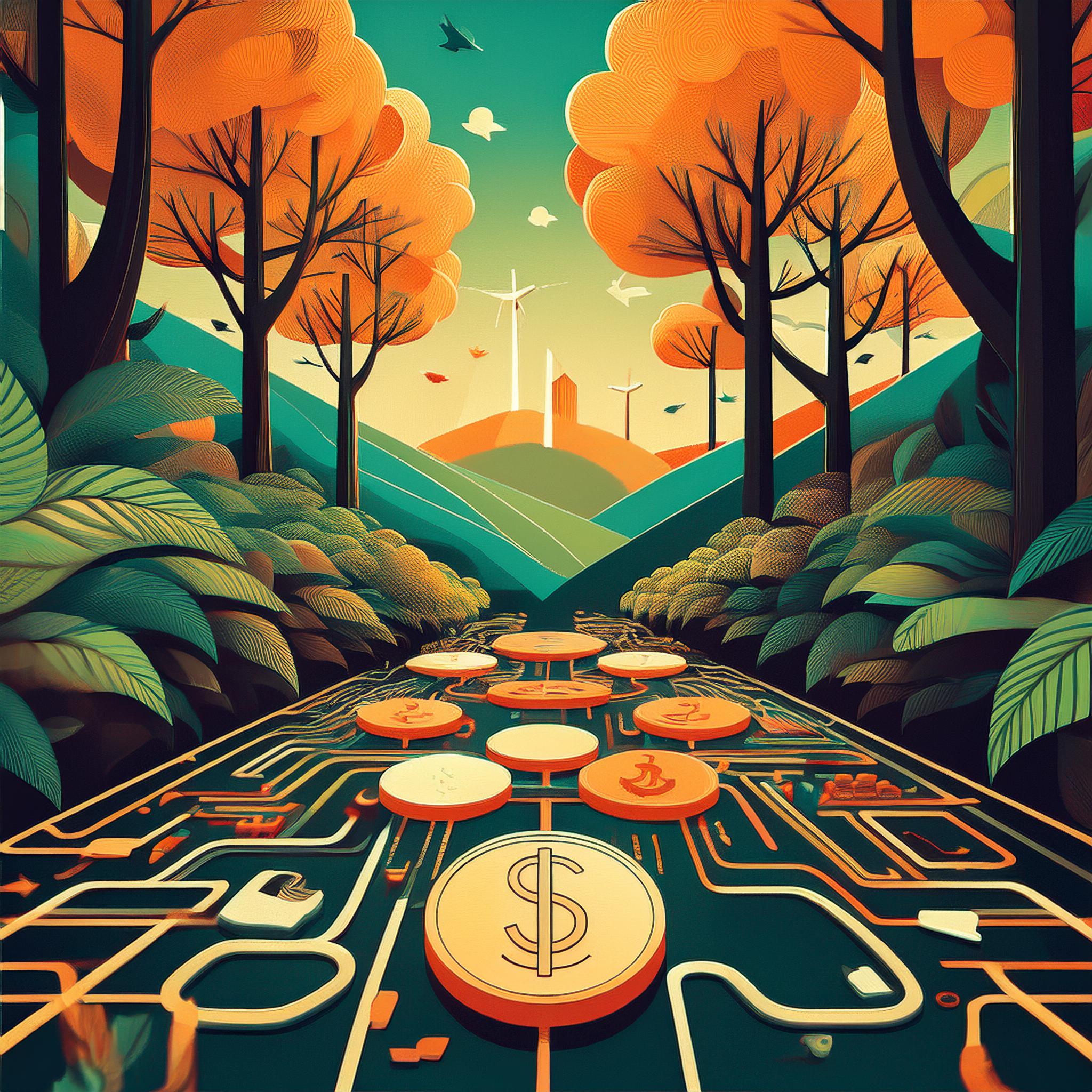
Get Rid of the Doodad Shopping Attitude
Today’s consumerism is driven by shopping as a kind of fun, reckoning up a lot of “nice to have” but hardly essential goods, and often going into debt to do it. Not counting the deterioration of mental health, which this may also be a factor in, what are the wealth effects of this kind of shopping? More to the point, what are the effects of shopping on the individual’s path to an eventual financial independence?
The Debt Dilemma
The consumer debt situation is a real worry. The Federal Reserve counted up the figures and saw that there had been a very sharp and rapid fall in consumer credits during the crisis of 2009. They saw that revolving credits were down to an 8% annual decline rate, while non-revolving credits were down to an 11.75% annual decline rate. They went on a little further and reported that the average American now carries well over 1.3 trillion dollars in non-revolving credit amounts (primarily student loans and same-as-cash promises), along with over 808 billion dollars of revolving credit (credit cards and auto loans). They wrapped up their findings by looking at the number of bankruptcy filings per year and found more than 2 million people had filed, most of these unrelated to business ventures. Given that there are more than 123 million Americans in the workforce, this number is nearly 2% of the working population.
Misguided Spending Habits
It is astonishing that so many Americans willingly incur such high-interest debts and are so hesitant to use debt for high-return investments. The misuse of credit cards has become a financial epidemic. For instance, take the average monthly payment on a new car, which can easily hit $500. After five years, not only will the car’s value have fallen off a cliff, but the owner will also have lost at least $30,000 in principal and interest payments.
In contrast, putting money into real estate can be harrowing. You might face surprise maintenance bills and may suffer cap rate hits if you’re not properly insuring your property against those forces of Mother Nature that can show up at the least convenient times. And even if your property is all that you want it to be, if it’s not all that a cash flow can be, you still might find yourself not receiving any cash flow at all if your vacancy rate is anywhere near the national average, let alone if you’re in a market with above-average vacancy rates.
The Universal Default Clause
The Universal Default Clause is often hidden in the user agreements of the major credit card companies, and consumers should be wary of it. This clause allows credit card issuers to raise your interest rates and fees if you have a poor credit score or payment history with other lenders. If you don’t have a good understanding of how credit works (a really good understanding, because credit is complicated), you could easily be taken advantage of by this practice.
Is Investing in Real Estate Safe?
Real estate investment safety is something that people see in very different ways. Seasoned property investors, who have managed to acquire rental units at fire-sale prices, are likely to hail real estate as a safe bet. But what about the investor who has recently seen his property go into foreclosure? This is clearly an individual whose very real estate investment has turned out to have disaster-level risks. And if you consider all the individuals (and they are many) who are currently holding properties that have lost value, it certainly gives you pause to think that maybe real estate is not the fabulously safe thing that it has been touted to be.
The Importance of Education
Before starting a journey in real estate investing, it is wise to read the works of authorities such as Robert Allen and Robert Kiyosaki. Success in this arena requires the education that their literature provides.
A Call to Action
When you’re next tempted to borrow money for a luxury purchase, think instead of the way the same money could be put to work accomplishing your goals. The next time you consider using a credit card, ask yourself if what you’re buying is truly necessary. According to the National Foundation for Credit Counseling, paying off the average consumer’s middle-range credit card (about $5,400) typically takes three to five years at a standard interest rate of about 15 percent. In short, nothing stops you from building wealth like being in consumer debt. And the way to avoid that trap is to simply not go there.
Having encountered the downsides of using a credit card, I have now switched to using a prepaid card. This not only limits spending but also ensures that all transactions are backed by cash, which makes me feel a lot better about my financial situation.




